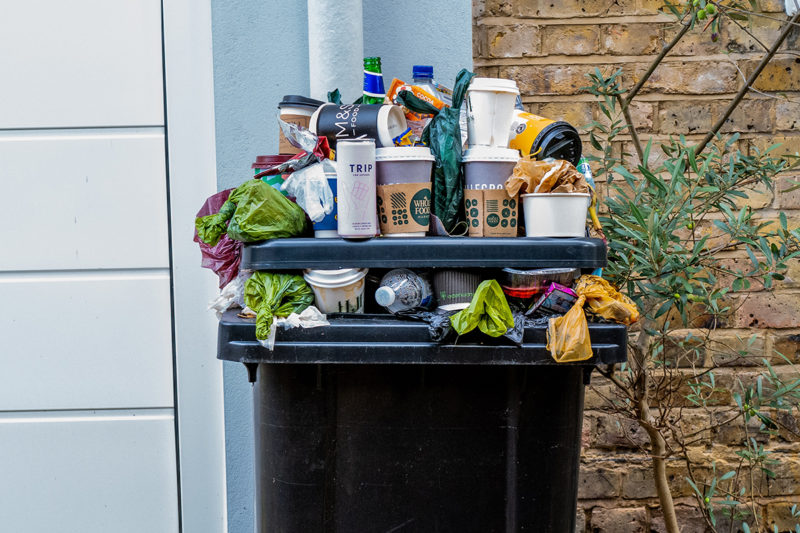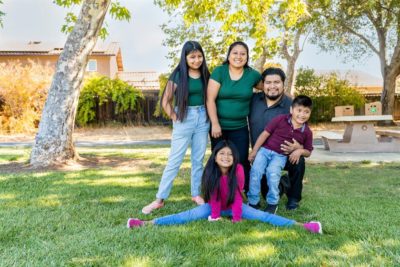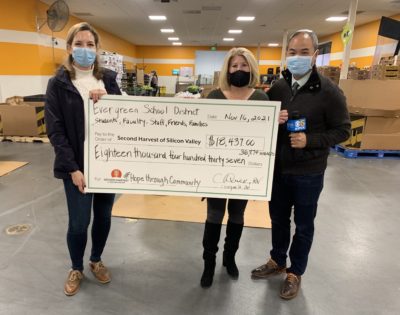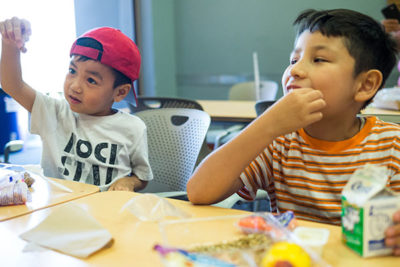The average American family of four throws out $1,500 in food per year. (USDA) This contributes to more food ending up in our local landfills, creating more methane, which is a really potent greenhouse gas.
According to the US Department of Agriculture (USDA), “Except for infant formula, product dating is not required by Federal regulations. Manufacturers provide dating to help consumers and retailers decide when food is of the best quality.”
This means “expiration” dates have more to do with food quality and rarely correspond to when food actually expires or spoils. At Second Harvest, we recognize labels can be confusing and we can do our part to help educate our community about how to read food labels.
Food date labels such as “USE BY”, “SELL BY” or “BEST BY” are used to inform you on the freshness and quality of foods. Food is still safe to eat past these dates. Food safety is something that concerns all of us, but the reality is that food can still be safe to eat past these dates.
We advise you to follow the dates on all infant formula, baby food and nutritional supplements.
Dry and Canned Foods
Read below to see how long these foods can last.
Bread: 7 Days (6 Months Frozen)
Tortillas: 3-4 Weeks
Brown Rice: 12 Months
White Rice: 2 Years
Pasta: 2-3 Years
Dry Beans: 1-2 Years
Cereal & Oatmeal: 6-12 Months
High-Acid Canned Foods: 12-18 Months
Low-Acid Canned Foods: 2-3 Years
Oil: 1 Year
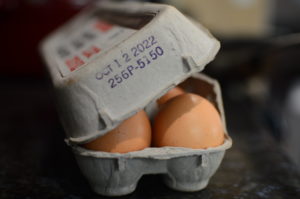
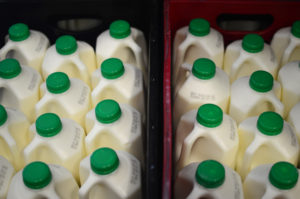
Perishable Foods
Read below to see how long these foods can last.
Eggs: 4-5 Weeks
Milk & Milk Alternatives: 7 Days
Semi-Hard Cheese: 1-2 Months
Yogurt: 1-2 Weeks
Frozen Meats
Read below to see how long these foods can last.
Chicken Parts: 9 Months
Ground Meat: 3-4 Months
Lunch Meat: 2 Months
Whole Chicken or Turkey: 12 Months
Asking Our Employee Experts
Our food sourcing team is made up of expert employees with years of expertise and knowledge of food. They both purchase and rescue high quality, unsold food from growers, manufacturers, processors, wholesalers, distributors and retail stores. We asked a few of them how we could reduce food waste in our homes. Here is what they said:
![]() Jen Toller, Senior Manager of Food Sourcing: “I love and try to utilize all the parts of vegetables and fruits! Most fruits and vegetable peels are totally edible and contain valuable nutrients. Infuse water with orange peels, ends of cucumbers or melon rinds to add a little flavor to your water.”
Jen Toller, Senior Manager of Food Sourcing: “I love and try to utilize all the parts of vegetables and fruits! Most fruits and vegetable peels are totally edible and contain valuable nutrients. Infuse water with orange peels, ends of cucumbers or melon rinds to add a little flavor to your water.”
![]() Emily Acosta, Produce Sourcing and Quality Manager: Set aside some time to cut, prep and freeze a bunch of produce items at once. Items that might spoil quickly can be preserved until you’re ready to use them. The National Center for Home Food Preservation has a great guide for “how to freeze” many of the produce items we distribute.
Emily Acosta, Produce Sourcing and Quality Manager: Set aside some time to cut, prep and freeze a bunch of produce items at once. Items that might spoil quickly can be preserved until you’re ready to use them. The National Center for Home Food Preservation has a great guide for “how to freeze” many of the produce items we distribute.
![]() Melissa Gaherty, Regional Food Rescue Manager: EPA estimated in 2018, about 81 percent – 20.3 tons – of households’ wasted food ended up in landfills or combustion facilities. Try this egg test to save good eggs from going into the trash.
Melissa Gaherty, Regional Food Rescue Manager: EPA estimated in 2018, about 81 percent – 20.3 tons – of households’ wasted food ended up in landfills or combustion facilities. Try this egg test to save good eggs from going into the trash.
![]() Judy Bateh, Food Sourcing Senior Coordinator: Expired cans- if you do not want to eat the product it can be composted, and the can is recyclable. Steel cans are recyclable over & over again, forever. Here is a great website regarding cans.
Judy Bateh, Food Sourcing Senior Coordinator: Expired cans- if you do not want to eat the product it can be composted, and the can is recyclable. Steel cans are recyclable over & over again, forever. Here is a great website regarding cans.
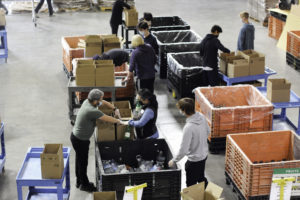
How Does Second Harvest Help Divert Food Waste?
Second Harvest is the hub of charitable food for San Mateo and Santa Clara counties. A new state-level law called SB1383 mandates food donors with stores over 10,000 square feet to donate edible food rather than throw it out. Starting in 2022, this new law requires all large food generators to have agreements with food banks or other food recovery organizations to donate their excess food.
Second Harvest picks up food by the tractor-trailer load from large scale food generators and big box stores. We also work with participating agency partners and try to match them with food generators that they would most appreciate – for instance, connecting a Latino/Hispanic grocery store with excess food donations to an agency that serves Latin/Hispanic clients.
Instead of Food, Donate Money
We know that for some people, bringing food to Second Harvest was a tangible way to support the food bank, and we deeply appreciate your generosity.
Second Harvest of Silicon Valley ended our traditional food drive program and is no longer providing collection barrels to the community. Food rescue takes time and effort. Reintroducing the process of accepting, weighing, sorting and transporting barrels of food would disrupt the more efficient procedures now in place to meet this need. The best way to support our work is to make a monetary donation, start a virtual food drive or volunteer at one of our many sites.
Divert Food Waste Today
Everyone plays a part in diverting food waste from our landfills. Visit these Bay Area resources to learn more about what you can do about food waste:
– Bay Area Recycling: Stop Food Waste
– Stop Food Waste – Alameda County
– San Jose Recycles
